Garage painting in Berwyn, PA is an excellent way to enhance your property’s aesthetic appeal and functionality.
This comprehensive guide explores the benefits of garage painting.
It offers advice on paint selection and provides step-by-step instructions for a successful project.
Why Paint Your Garage?
Painting your garage can dramatically transform the space.
It boosts curb appeal and property value.
A fresh coat of paint on garage walls and floors creates a more inviting atmosphere.
It also provides protection against moisture, oil spills, and environmental factors.
This protective layer extends the garage’s lifespan and improves its functionality.
Ultimately, it creates a cleaner and safer environment for storage and vehicle maintenance.
Choosing the Right Paint for Your Garage
Types of Paint and Finishes
Selecting the appropriate paint and finish is crucial for achieving desired results.
Latex paint offers easy cleanup and quick drying.
On the other hand, oil-based paint provides superior adhesion and durability.
Consider finishes like glossy, satin, or matte, as they impact appearance and maintenance requirements.
Custom finishes such as textured or metallic paints can add a unique touch to your space.
When choosing paint, consider the garage’s intended use.
Opt for durable finishes to ensure longevity in high-traffic areas.
Consult with professional painters or experienced contractors for expert advice on the best options for your specific needs.
Considerations for Garage Environment
Environmental factors play a significant role in garage painting.
Select weather-resistant coatings to withstand exposure to sunlight, rain, snow, and temperature fluctuations.
Proper surface preparation, including cleaning, sanding, and priming, is essential for effective paint adhesion and long-lasting protection.
Preparing Your Garage for Painting
Cleaning and Repairing the Surface
Thorough cleaning and surface repair are crucial steps in the paint preparation process.
Remove dirt, grease, and contaminants that may hinder paint adhesion.
Address any cracks or holes to ensure a seamless appearance and prevent future damage.
Professional service providers can identify and rectify surface imperfections.
This creates a flawless foundation for paint application.
Priming and Taping
Priming establishes a solid base for paint adhesion.
It ensures a smooth and long-lasting finish.
Tape off areas not intended for painting, such as ceilings, trim, and windows.
This creates sharp, clean lines.
Professional painters employ techniques like feathering and cutting in to blend colors seamlessly.
This prevents noticeable brush strokes.
How to Paint Your Garage
Step-by-Step Instructions
- Apply primer to create a smooth foundation for the paint.
- Choose high-quality paint products for a polished, professional result.
- Use brushes, rollers, or sprayers for uniform application, depending on the surface.
- Allow each coat to dry completely before applying additional layers.
- Consider applying a protective top coat for a durable finish.
- Inspect the work for any necessary touch-ups and enjoy your newly painted space.
Tips for a Successful Garage Painting Project
Mistakes to Avoid
Common errors in garage painting projects include inadequate surface preparation and rushing through the process.
To prevent these issues, thoroughly clean and sand the surface.
Address any imperfections and apply primer if needed.
Allow sufficient time for proper application.
Follow professional painting techniques for optimal results.
Maintenance and Touch-Ups
Regular maintenance and timely touch-ups are essential for long-lasting results.
Address minor issues promptly to prevent them from becoming more significant problems.
Professional painters can identify areas requiring attention.
They can recommend the best course of action to maintain the paint job’s quality.
Investing in ongoing maintenance preserves the property’s appearance.
It also protects surfaces from deterioration, saving time and money in the long run.
Frequently Asked Questions
1. What are the benefits of painting my garage?
Painting your garage enhances its aesthetic appeal, boosts curb appeal and property value, provides protection against environmental factors, and creates a cleaner, safer space for storage and vehicle maintenance.
2. How do I choose the right paint for my garage?
Consider using latex paint for easy cleanup and quick drying or oil-based paint for superior adhesion and durability. Also, think about the finish, like glossy or matte, based on the appearance and maintenance you desire.
3. How should I prepare my garage for painting?
Prepare your garage by thoroughly cleaning the surfaces, repairing any cracks or holes, priming the walls, and taping off areas not intended for paint to ensure clean lines and effective adhesion.
4. What are the common mistakes to avoid during garage painting?
Avoid inadequate surface preparation, rushing the process, and skipping the primer. Thoroughly clean the surfaces, allow time for proper application, and follow the appropriate painting techniques for better results.
5. How often should I maintain my garage paint job?
Regular maintenance is essential. Address minor issues promptly to prevent larger problems. Scheduled inspections by professional painters can help identify areas needing touch-ups to preserve the quality of the paint job.
6. What type of primer should I use for garage painting?
Use a high-quality primer that is compatible with the type of paint you choose. Oil-based primers are preferable for their adhesion qualities, while latex primers are ideal for easy cleanup and application.

